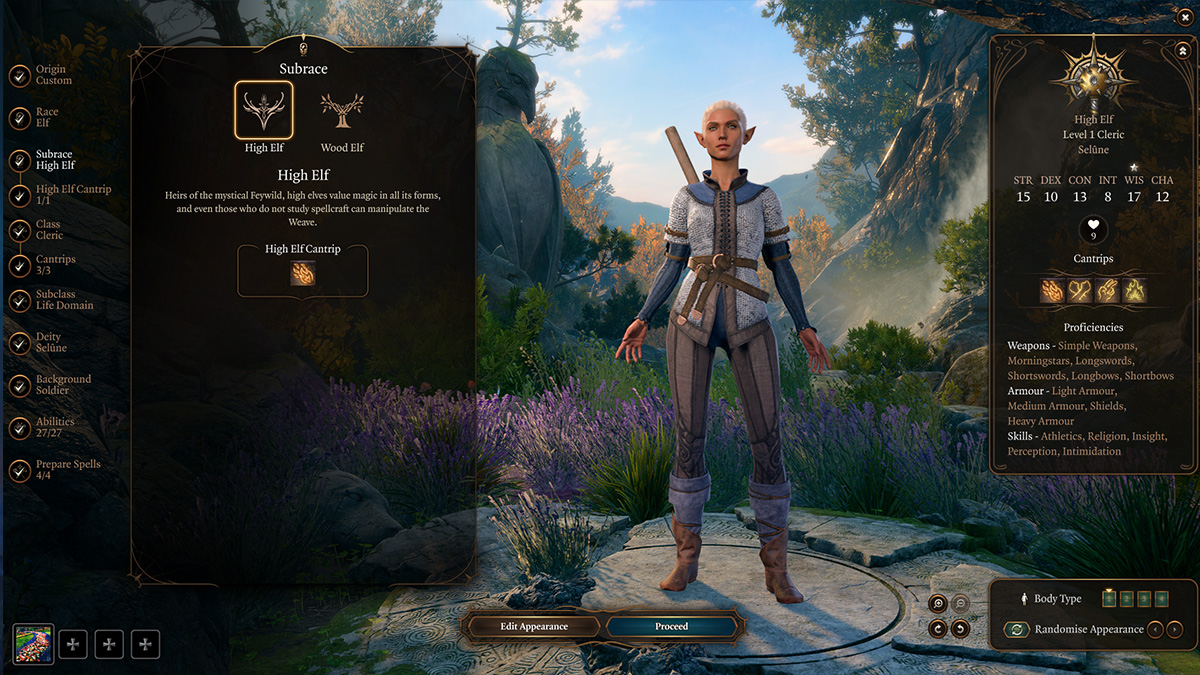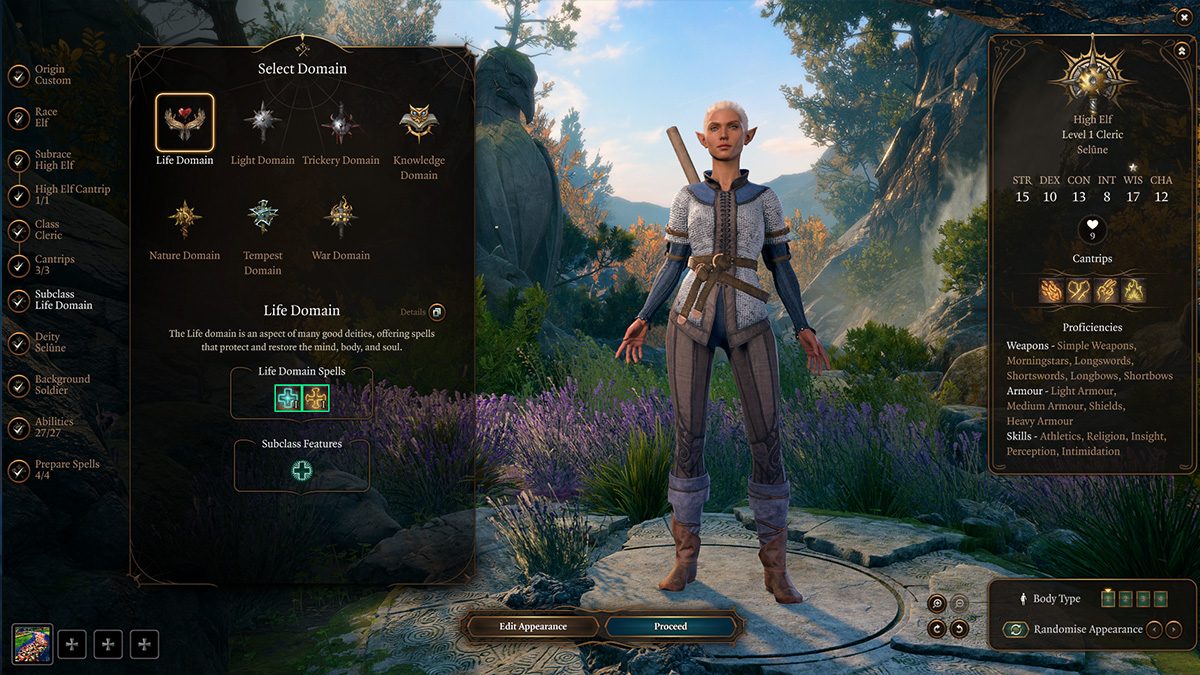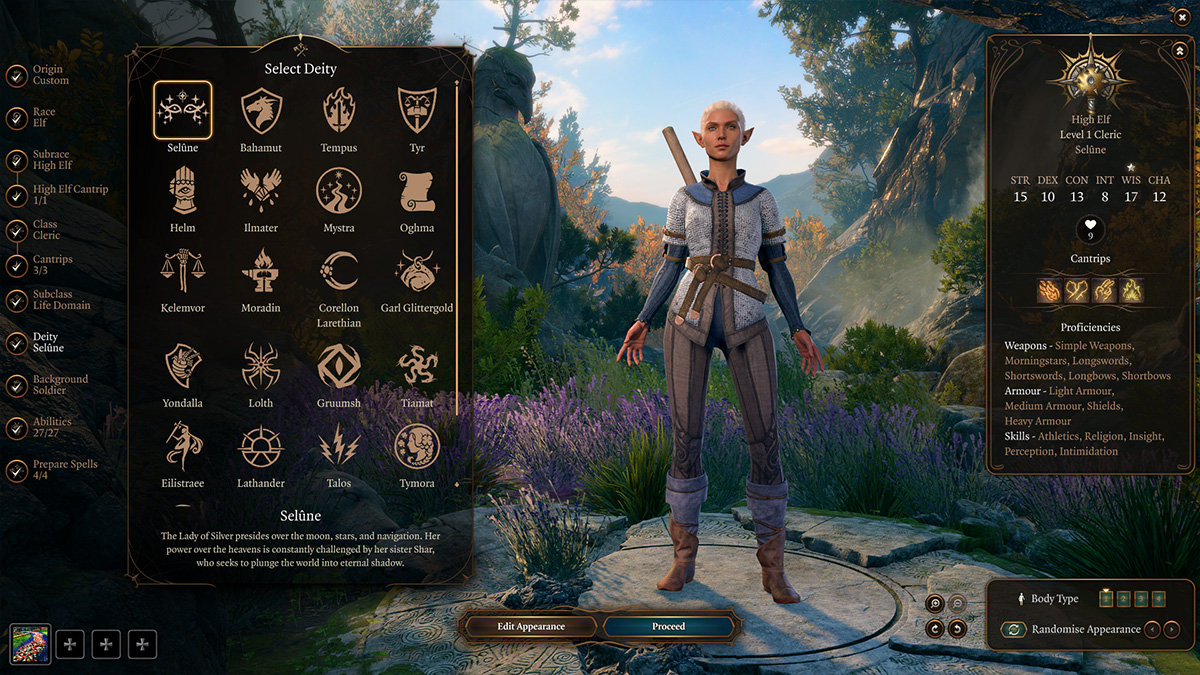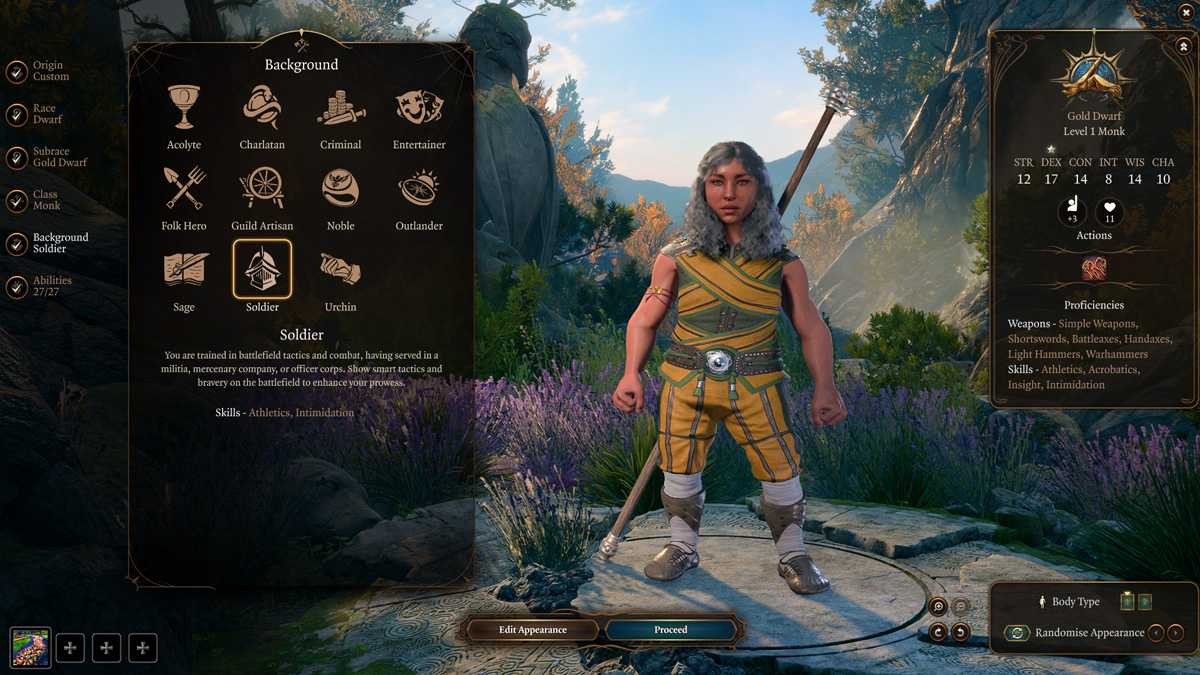If you’ve been keeping up with news about Baldur’s Gate III, I’m sure you’ve heard the rumors of jealous devs begging players not to use it as a benchmark for future games. As hilarious as that sounds, after logging close to two dozen hours over the past few days, I can understand why. Baldur’s Gate III sets the new gold standard for RPGs. That’s not to say that it’s pristinely polished, has no bugs, and will never leave you frustrated by quirks that have come to define a generation of gaming, but it does everything else so well that you have no recourse but to let them slide.
From the very first moments, Baldur’s Gate III cinematics leave nothing to be desired. They are crisp and clean, dripping with realism, and were clearly lovingly crafted by some incredibly talented animators. Some fantasy nay-sayers may be unimpressed by the heavy reliance on classic fantasy tropes, but developer Larian Studios has crafted them in a way that hasn’t been seen before. Seriously, the premise for the game is like a love child between high fantasy, Lovecraftian lore, and The X-Files. In spite of its reliance on well-worn fantasy tropes, Baldur’s Gate III weaves them into a picture we haven’t seen before and does so with more pizzazz than an inspired bard.
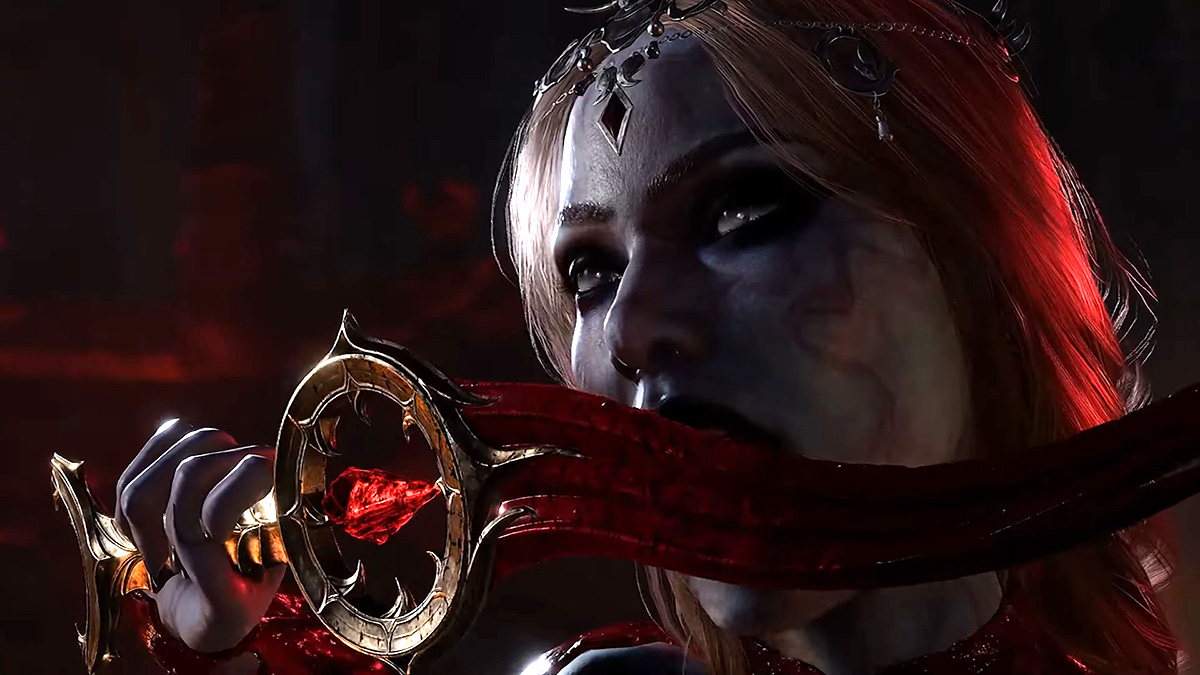
The story is simple enough, you and hundreds of citizens from across the city of Baldur’s Gate were kidnapped by Illithids: Cthulhu-looking aliens who’re looking to expand their population by turning you into incubators. Before you and your fellow captives are unwillingly transformed into Mind Flayers, the ship carrying you crashes, and you — as well as several mismatched adventurers — have no recourse but to band together while you attempt to cure yourselves. Like any good quest, nothing is as straightforward as it seems, and your new “friends” may be less friendly than you first thought. It’s a classic premise for any Dungeons & Dragons campaign.
For those of you who have never played D&D, Baldur’s Gate III is about as close to a digital version as you can get. Building your character may seem overwhelming at first — or underwhelming if you were hoping to customize your character’s face — but it gives you plenty of control over your character’s identity, and that truly seems to affect some of the narrative choices you’re presented with, as well as the course of (some of) the story. Building a character is a lot like pulling apart a Matryoshka doll; within every race, there is a sub-race, a class, a background, and — in several cases — a litany, of spells and cantrips to assign.
Each race has friends and foes — Tieflings are more likely to help their own, while the Drow are almost universally disliked — along with certain strengths and weaknesses. Proficiencies include expanded athletic skills, night vision, and the ability to speak certain languages, while shortcomings range from environmental weaknesses, disadvantages against magic types, or, in the case of my half-elf wizard, a jump significantly shorter than that of their non-human allies. It’s important to make informed choices to end up with a character that perfectly suits your preferred playstyle. My two playthroughs of the first town you encounter, The Grove, featured wildly different interactions for my styles, so much so that characters I befriended during my first run became enemies I murdered on the second go-around. There are, of course, interactions that weren’t affected by my character build, but the large differences were more impressive than the small similarities.
There’s no surefire way to replicate a desired outcome. With each skilled interaction outside of combat, players have to roll a 20-sided die to find out if their character is skilled — or lucky enough — to make a certain choice. Depending on how you distributed your points, you’ll gain proficiency bonuses that add numbers to your role.
It’s the dice-roll element — which I thought would be a hokey waste of time — that makes these interactions so engaging. We’ve all seen it before: the charisma check is used liberally in RPG gaming, from Fallout to Disco Elysium, but having the die “in your hand” to see why you failed a particular encounter is delightful. There is nothing quite like missing a speech or dexterity check by one and failing to convince your target or crack that safe. I’m only about 20 hours in, so this mechanic could get old, but it’s only used outside of combat, and mercifully so.
Combat is a revamped version of the classic turn-based format. Fights are initiated by whoever spots the other party first, and the turn order decides who fights when. Players have control over their team, their familiars, and any NPCs that came along for the ride. Depending on the number of combatants, enemy turns can last anywhere from 30 seconds to several minutes as alerted enemies make their way toward combat. Battles can be time-consuming, but that doesn’t necessarily mean they’re tedious. Baldur’s Gate III lends itself to players taking their time to consider factors such as what enemies they’re up against and their surroundings. Oh, did I not mention this before? The environment is littered with hazards that players can interact with during their turn or activate before combat begins.
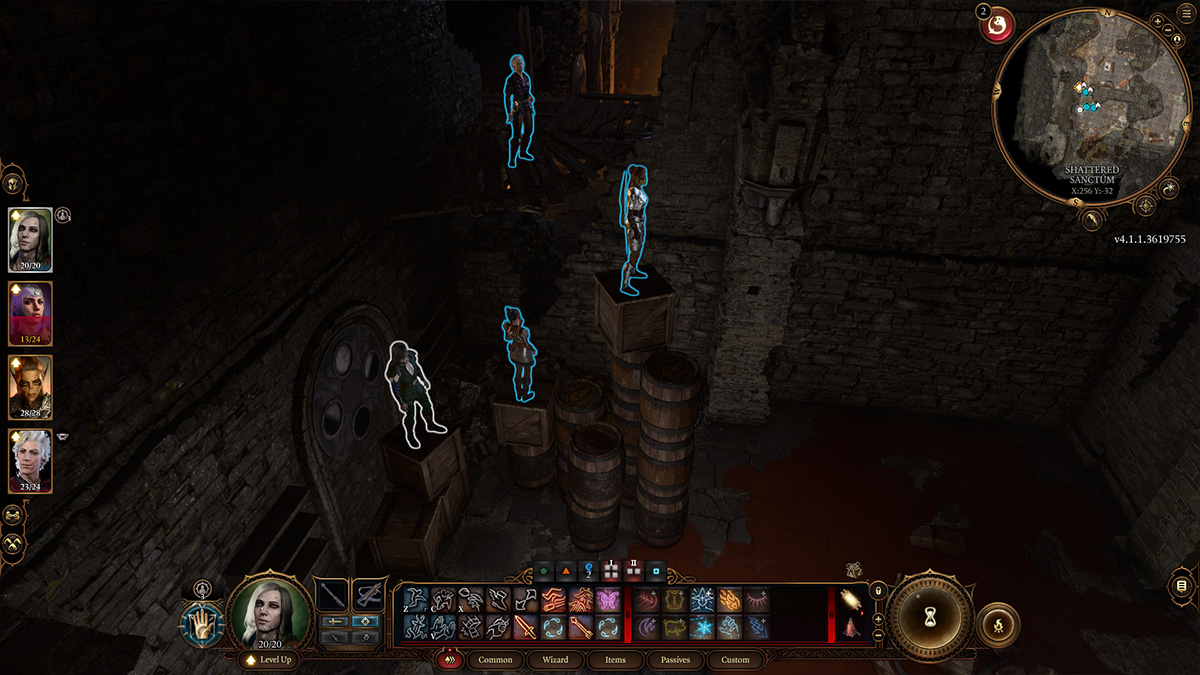
That idea of players taking their time extends well beyond combat. Even though traversing the great open world can be somewhat tedious, interiors are intricately crafted and frequently reward the player for zooming their camera in and scanning every bottle-strewn table for potions, keys, and hastily scrawled letters. The sheer detail on display in this world is stunning, and Larian Studios’ environmental artists deserve several beers for their masterfully crafted taverns, storerooms, and goblin lairs. The icing on the cake is the player’s ability to rearrange the environment to suit their needs.
Though not nearly as inspiring as Skyrim‘s iconic melodies, the game’s soundtrack does a great job of building drama. That being said, what stands out even more is the sound design — it’s all so damn satisfying. If the environmental ambiance wasn’t enough to hook you, then the voice acting should be.
Every character is fully voiced, from the nobody NPCs in the background to each key player. The only person who is relatively silent is, well, you; the main character. And it’s perfect. By rarely having them speak, it leaves the spot open for you, the player, to fully assume the role. And who wants to hear what their character has to say when there is a plethora of interesting followers to hear from? Seven of the ten companions are romanceable, and every single one has something they are hiding. The writing is fantastic. Characters are three-dimensional and believable, and, depending on who you travel with, outright hilarious.
They offer regular interactions as well. Your companions will comment on the world around you, gain inspiration from decisions you’ve made — which can be used to reroll encounters — and interact with the player at your base camp, where characters rest after combat to replenish spells, health, and Short Rests — a consumable that refills certain abilities and limited health. Setting up camp requires a certain number of supplies and demands no small amount of gathered materials, which means your companions will double as convenient pack mules. As long as players are out of combat, they can take a Long Rest, and each one presents an opportunity to get closer to your companions.
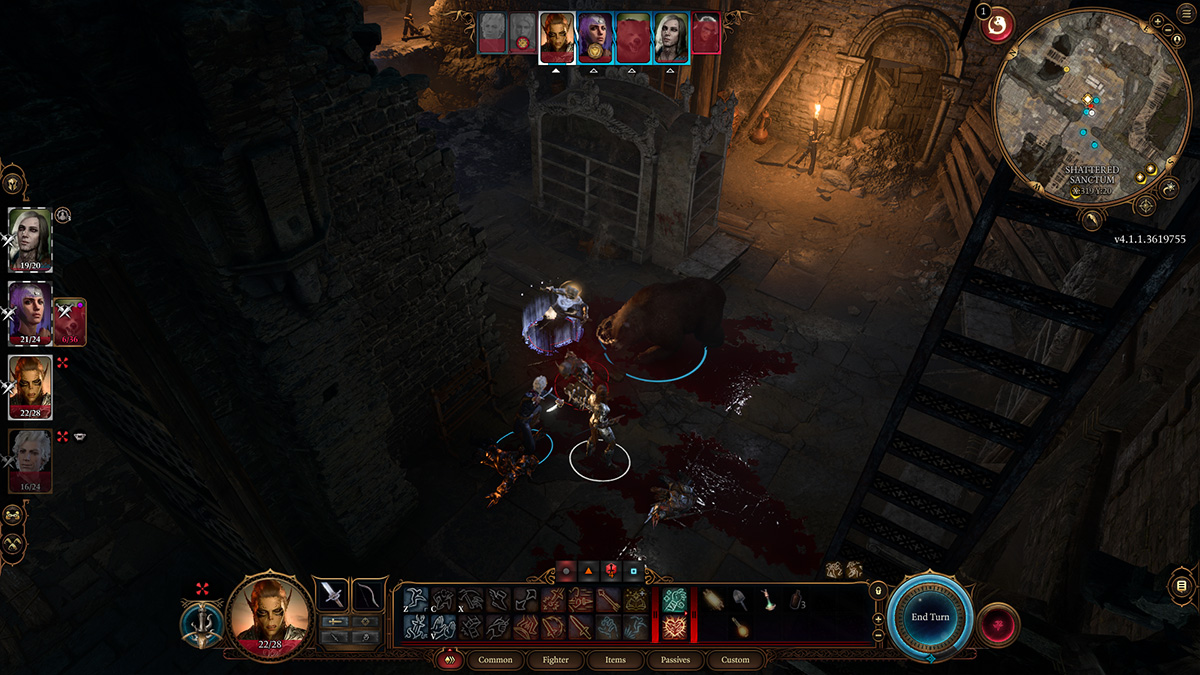
There are so many nuances to Baldur’s Gate III that it’s overwhelming when first picked up, but the game holds your hand as much as is needed and delivers important information in short, manageable training sessions.
It doesn’t take long to get the hang of things, but it takes plenty of practice before you learn to use your actions effectively. You will die… and fail… and lose followers so many times in the early stages of the game, but each loss is a lesson well learned. The experience is so worth it, even if you aren’t teaming up with any of your real-life friends. The multiplayer adopts the same rules as above but with your companions replaced by a friend’s OC, or with a friend inhabiting one of the companion characters. It’s an element I thoroughly look forward to exploring once I’m afforded the opportunity to.
A quick note on technical issues: yep, they’re here, and they’re wide-ranging. On the performance front, the game has reasonable minimum and recommended system specs, but on my machine at least, framerate lurches weren’t uncommon during exploration. In fact, some stutters and hitches persisted long enough that I thought I had crashed the game. Thankfully, I only ran into an actual crash once and was able to permanently address it thanks to some pre-release patches and dev notes. Other issues range from levels loading in before cinematics begin (which makes for some jarring disruptions), and the oh-so-common T-posing of character models. This never happened during cinematics, thankfully, only to NPCs moving around the world. Looking at patch notes sent over by the developers, a boatload of bugs have been addressed and fixed, many of which I hadn’t run into during my playthrough. As such, player experiences at launch will certainly vary, but when looking solely at my time spent playing, most of the bugs I encountered were ignorable, expected, and seldom detracted from the experience.
Baldur’s Gate III is stunning in every way. It’s exactly the threat that its devs thought it would be. Its storytelling is vivid and morally grey (for the most part), with each decision negatively impacting someone, whether it be you, your companions, a neighboring town, or a passel of refugees — any way you split it, someone is going to die. And when they do, there’s a good chance they had a name, a story you never got to hear, and a close friend who’ll shout their name. If you love turn-based games, this one is for you. If you love fantasy, it’s for you. If you are even remotely curious about either of these genres, Baldur’s Gate III is for you. Hell, even if you aren’t interested in those things, do yourself a favor and pick it up. It’ll be worth it just to see a masterpiece in action.
Fantastic
An excellent follow-up to its decades-old predecessor, 'Baldur's Gate III' sets a new gold standard for RPGs in the modern age. Though it has its fair share of buggy problems, the vibrant world, intriguing storytelling, and captivating gameplay more than make up for its shortcomings.
Baldur's Gate III

